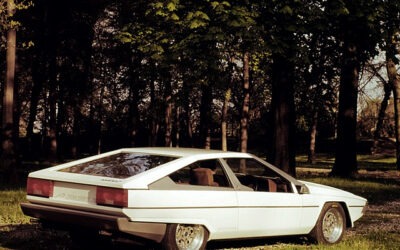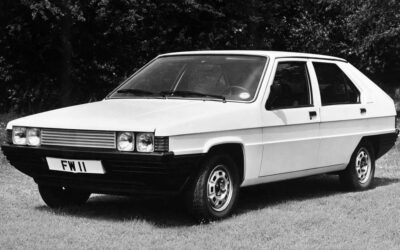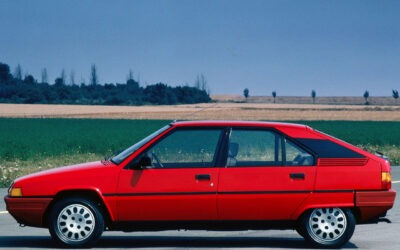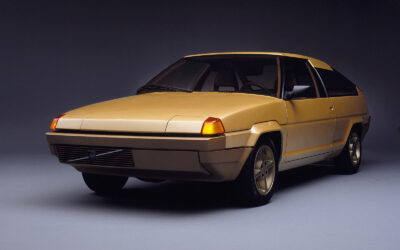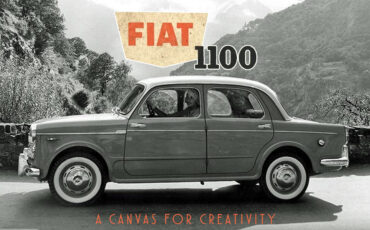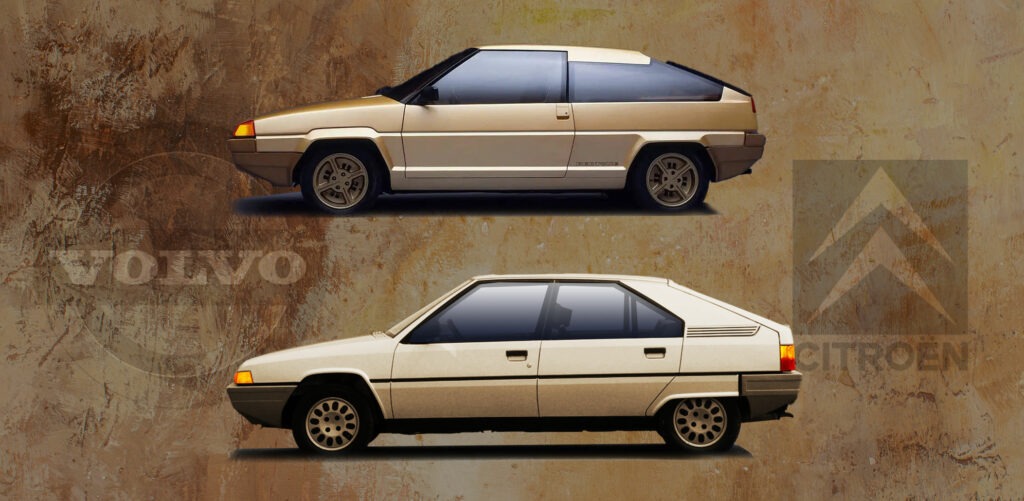
The Volvo Tundra, introduced alongside the Citroën BX, startled Citroën with its striking similarity to their upcoming model, sparking curiosity within the automotive sphere.
In December 1975, Citroën embarked on a mission to redefine automotive design with the replacement program for the GS, known as XA. This set the stage for the birth of the iconic Citroën BX—a journey marked by collaboration, creativity, and visionary thinking. Join us as we delve into the story behind the BX, tracing its evolution from concept to reality and exploring the pivotal role played by visionaries like Marcello Gandini and Xavier Karcher in shaping its legacy.
Inception of a Icon
In December 1975, Citroën embarked on a journey that would redefine automotive design for years to come. Under the code XA, they initiated the replacement program for the iconic GS, a car that had left an indelible mark on the automotive landscape. This was not merely a task of replacing a model; it was about shaping the future of Citroën.
Less than two years later, in a testament to the company’s commitment to excellence, the specifications underwent a profound revision. Under the new code XB, a new vision emerged, one that would set the stage for a revolutionary design language.
For this ambitious endeavor, Citroën sought inspiration from beyond its own walls. In addition to the expertise of the Citroën Styling Center in Vélizy, led by the visionary Jean Giret, they turned to renowned design houses Italdesign and Bertone. Among the luminaries of the latter was Marcello Gandini, whose visionary ideas would leave an indelible mark on automotive history.
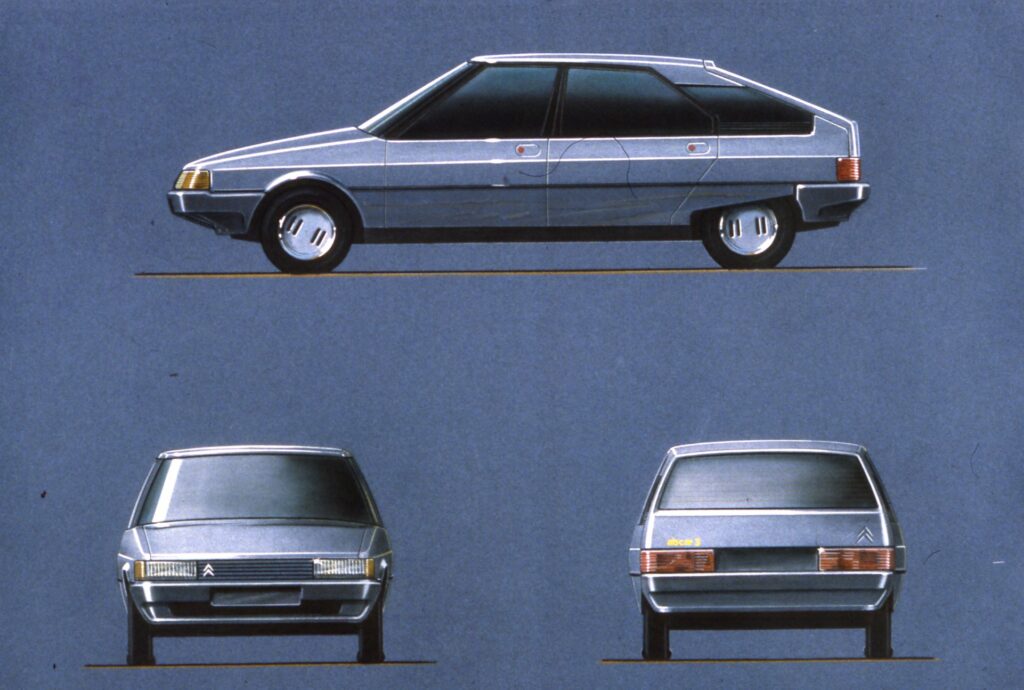
In 1977, Gandini proposed a theme that drew inspiration from the Jaguar Ascot and Reliant FW11, two icons of automotive design unveiled that same year. With two alternatives—a 4-window and a 6-window version—Gandini’s proposals captivated Citroën’s attention, especially that of Xavier Karcher, the driving force behind Citroën’s quest for a new stylistic identity.
Shaping the Future
In July 1978, the culmination of months of intense creativity and collaboration took form as all 1:1 scale models were unveiled. Among them, Gandini’s 4-window design stood out, capturing the essence of Citroën’s vision for the future. Yet, the journey was far from over.
Repatriated to Vélizy, the Styling teams embarked on a meticulous process of refinement. Over the course of a year, every aspect of the model was scrutinized and perfected. From the sleek contours to the intricate details, no stone was left unturned in the pursuit of automotive perfection.
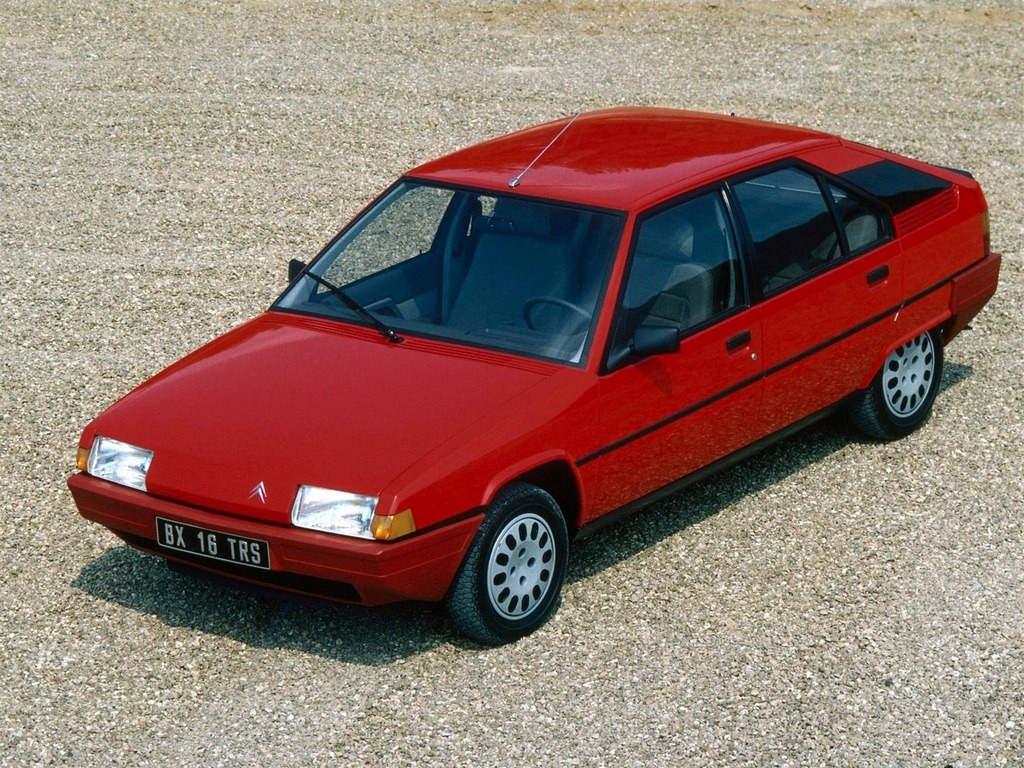
One area of particular focus was the rear section, where the challenges posed by the wheel arches demanded innovative solutions. Through perseverance and ingenuity, the styling teams overcame these obstacles, culminating in the freezing of the exterior style in October 1979.
Beyond Boundaries
But the story does not end with the completion of the exterior design. In the summer of 1978, as Gandini’s model was validated and reintegrated into the fold, Bertone found themselves at a crossroads. With Citroën’s mission accomplished, they turned their attention to new horizons.
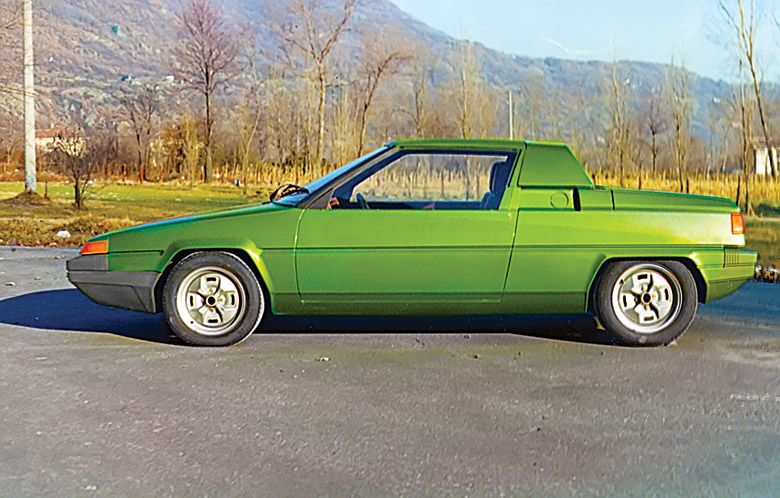
First came the Fiat X1/10, followed by the Renault 9, each a testament to Bertone’s versatility and creativity. Yet, it was the collaboration with Volvo that would prove to be truly groundbreaking. Inspired by the success of the 262c coupe, Gandini and his team set out to create a concept that would push the boundaries of automotive design.
Displayed alongside the Lancia Sibilo at the 1979 Geneva Motor Show, the Volvo Tundra captured the imagination of enthusiasts and industry insiders alike. Yet, for Citroën, the unveiling of this concept came as a shock—a revelation of the future BX three years in advance.
A Legacy Unfolds
As Citroën grappled with the implications of Bertone’s visionary concept, the Italian coachbuilder remained resolute. While their response may have been less than convincing, Citroën’s surprisingly muted reaction paved the way for future collaborations.
Yet, the Volvo Tundra, as the concept would come to be known, was far from finished. Despite Volvo’s rejection in its current form, it served as a springboard for the development of the future 780 coupe. In the chronicles of Bertone’s creative journey, the Tundra occupies a unique place—an interlude between Citroën and Volvo, a testament to the enduring legacy of Marcello Gandini’s vision.
As the automotive world continues to evolve, the story of the Tundra serves as a reminder of the power of collaboration and the enduring pursuit of excellence. From its inception in the halls of Citroën to its transformation into a symbol of innovation at Bertone, the Tundra remains a beacon of inspiration for generations of automotive enthusiasts to come.

